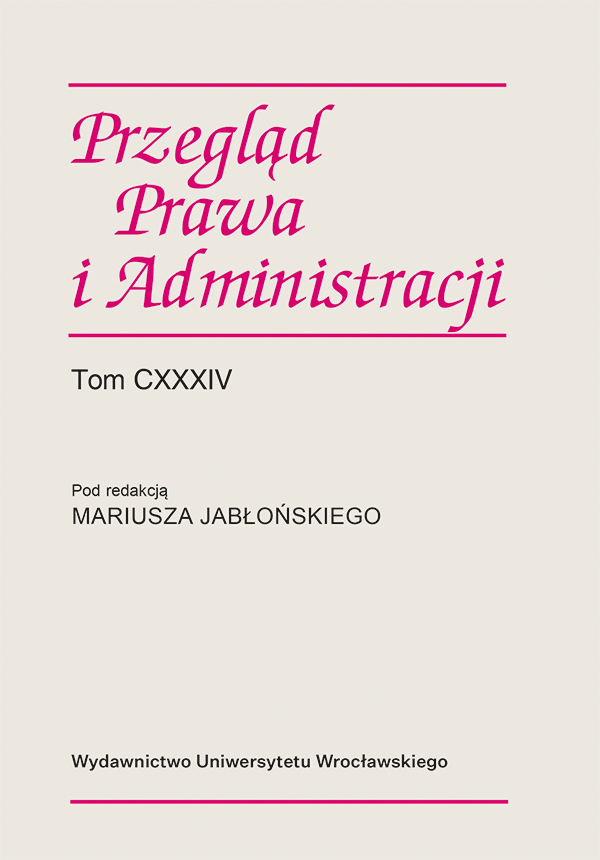

Articles

Among all integration structures in the post-Soviet space, the State Union of Belarus and Russia seems to be the most advanced. Despite that, the actual results of the integration of both countries are modest, strikingly contrasting the official statements made by the authorities of Belarus and Russia. Hence, the aim of the following paper is to determine the legal character of the Union State, established by a bilateral treaty signed in December 1999, its institutional structure, and the most important obstacles in its functioning. Since the issue of Belarusian–Russian integration was regularly undertaken by political scientists, the following contribution fleshes out the insights related to the less studied legal aspects of this process.
The paper starts with a focus on the consecutive bilateral agreements that have led to the establishment of the Union State. It then turns to the structure of the Union State and the sources of its law as a core legal problem of the integration. Finally, the paper discusses how it is described and understood by scholars in both countries. To conclude, the Union State is a specific intergovernmental organization intended to widely integrate its members. Limited outcomes of two decades of the Union State reflect ambiguous political intentions of the authorities of both countries.